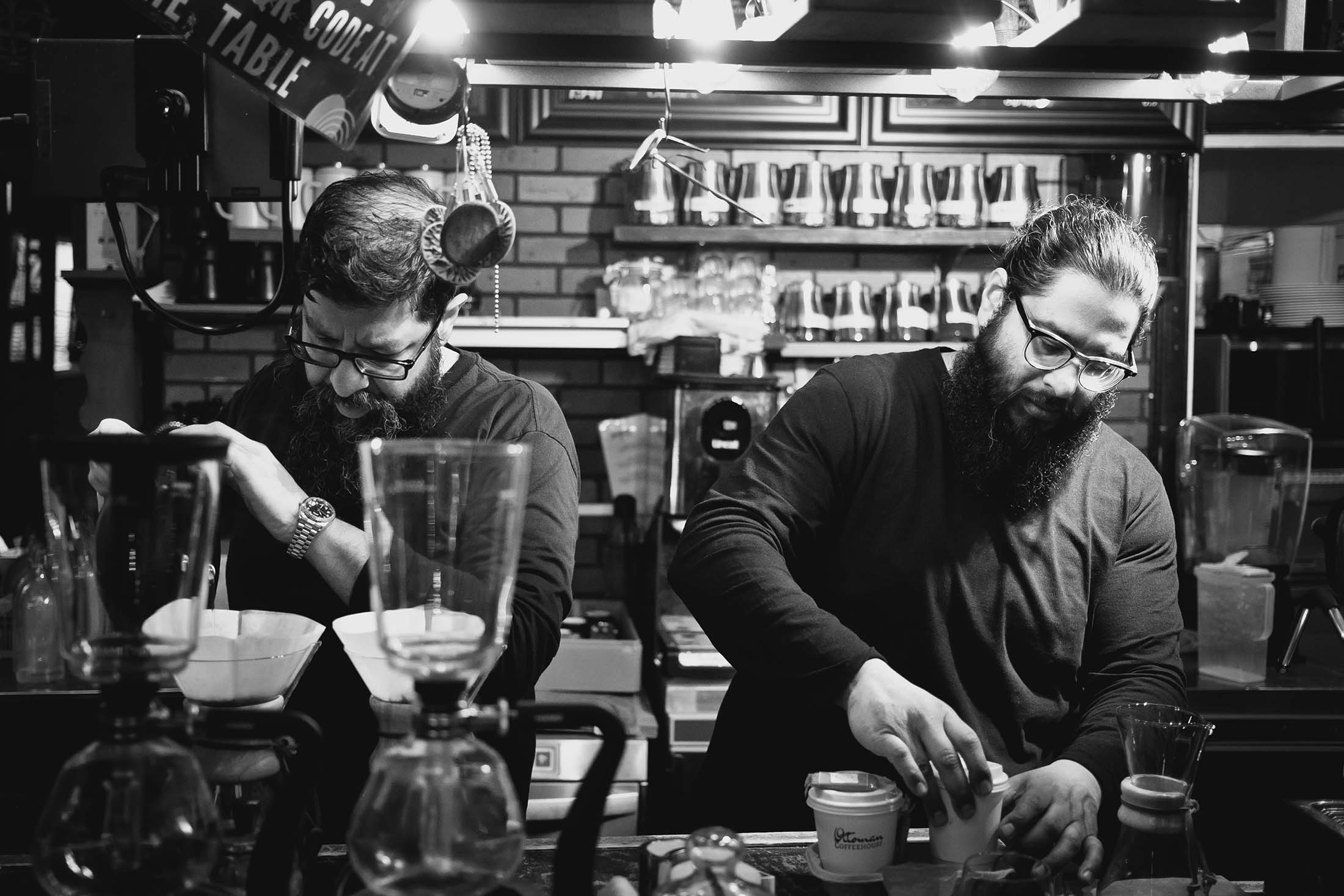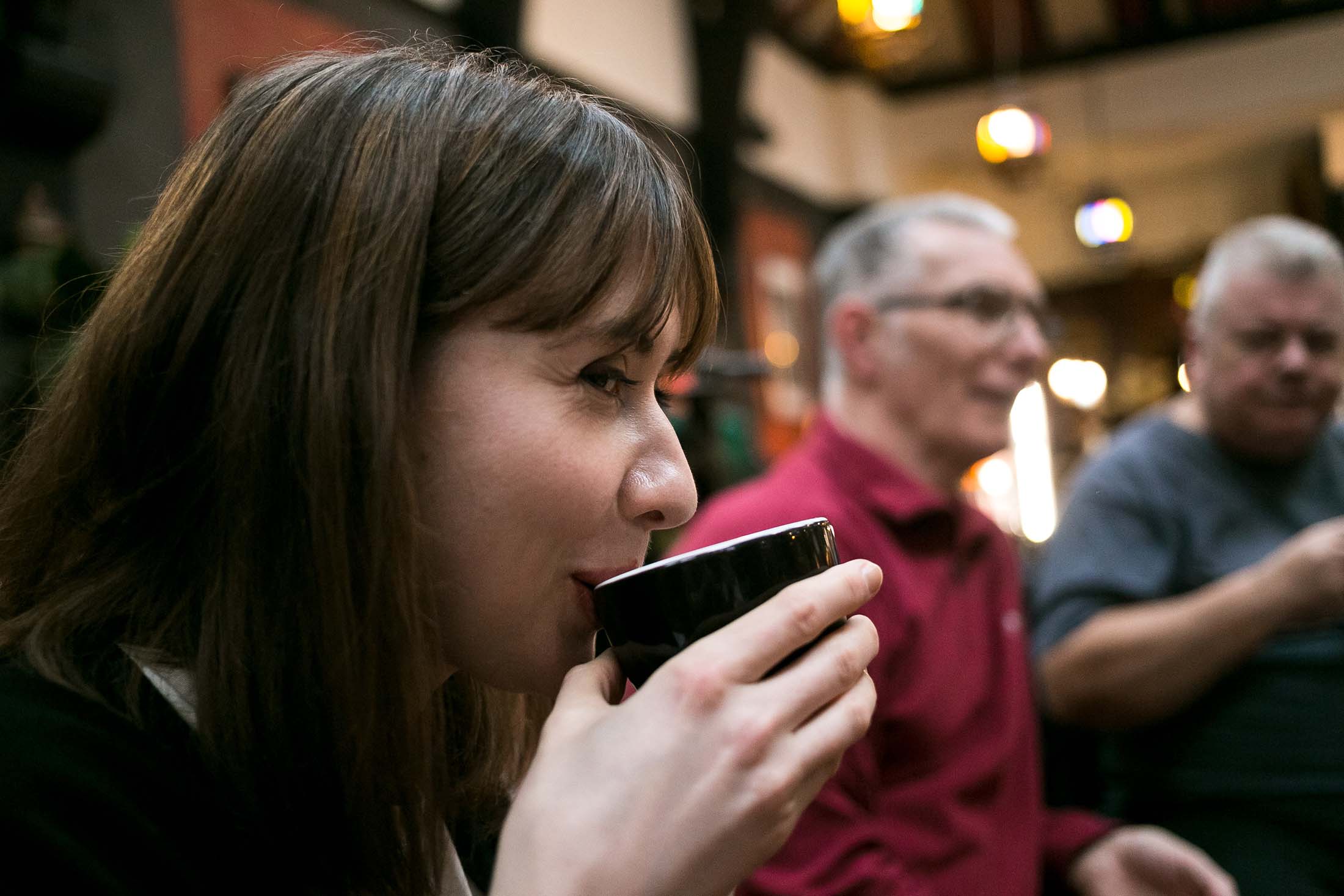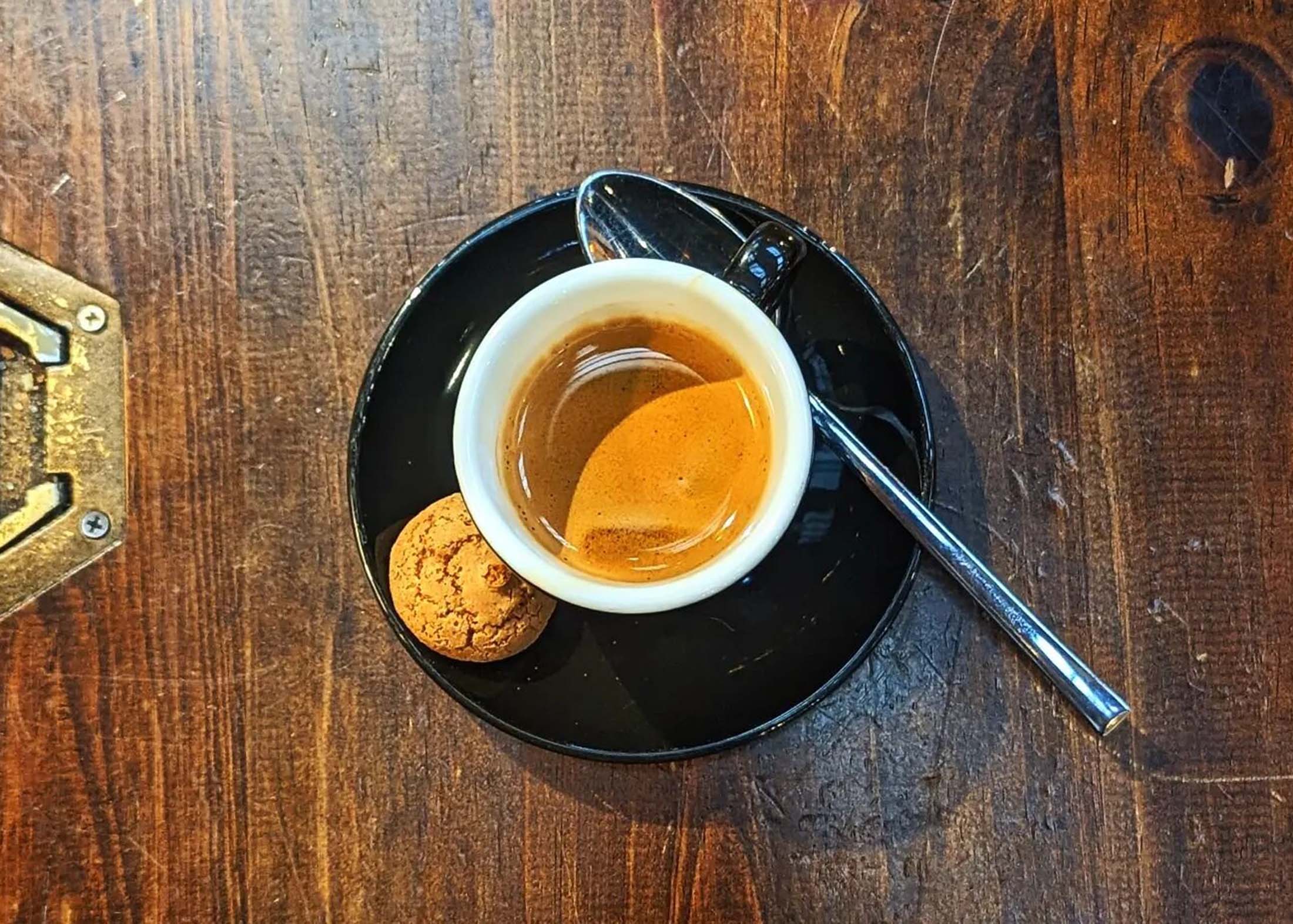BACK TO PROJECTS︎︎︎
Speciality Coffee Tasting Series
Ottoman Coffeehouse, Glasgow
2022–ongoing



Session No. 1: Turkish Coffee
09 October 2022For our first Slow Coffee event, we decided to go back (almost) to the origins of coffee and take it slow by choosing the Turkish extraction method prepared in an Ibrik using very finely ground coffee beans without filtering.
Because the flavour complexity of coffee is similar to wine, it was extremely interesting to slowly sip and discuss the deep, complex flavours assisted by a flavour wheel and tasting notes.
We were also joined by our member, nutritionist and chef, Sonnda Catto, who talked us through the nutritional benefits of coffee and the best times to consume it. We also enjoyed a few Turkish delicacies to finish...




Discussing with members of the Ottoman Coffeehouse team, it was fascinating to hear about the different brewing methods and how they affects the flavours released by the beans. For our second session, we planned to taste one, single-origin coffee comparing two different brewing methods.
Session No. 2: Siphon vs V60
20 November 2022At our second Slow Coffee event, we drank a single-origin coffee brewed using two different methods of extraction, V60 and Siphon, to compare differences in taste and aroma.



The V60 was first released in 2004 in Japan, and drips coffee through a cone-shaped brewer. V stands for the cone-shaped filter, whereas 60 represents the sloping angle of the dripper’s sides.
A Siphon, or vacuum coffee maker, brews coffee using two chambers where vapour pressure and gravity produce coffee. This type of coffee maker was invented in Berlin in the 1830s and has since been used for more than a century in many parts of the world.



Session No 3: Chemex vs V60
19 February 2023At our third event, we ask the team at Ottoman Coffeehouse to brew for us a single origin coffee with a Chemex and then with a V60. They used an Arabica bean from Nicaragua roasted by Gardelli Coffees.









The Chemex, invented in 1941 by a German chemist, produces a remarkably clean cup of coffee because the paper filters are heavier than other filters so they retain more of the suspended oils during the brewing process and solids cannot pass through the filter.
The V60 has become one of the most iconic symbols that represent the third-wave coffee movement because is very good at capturing the individuality of each coffee batch.
Session No. 4: Espresso
26 March 2023For our fourth session, we went back to Italy, to the roots of coffee. So what’s the difference between espresso and other coffees? Crunchy amaretti biscuit to dunk or not? Croissant? Focaccia? Just a few of the questions floating about in this session...

Other methods of brewing take time because they rely on the slow filtering of hot water through your coffee grounds. This means several minutes stand between you and fresh coffee. Espresso machines pressurize and shoot near boiling water through finely ground coffee. This method of making espresso gives you a complex, aromatic shot of coffee in under thirty seconds, from 8 to 10 times more intense than a drip brew. The high pressure helps develop the ‘crema’ and disperse rich coffee oils into the final espresso shot.

